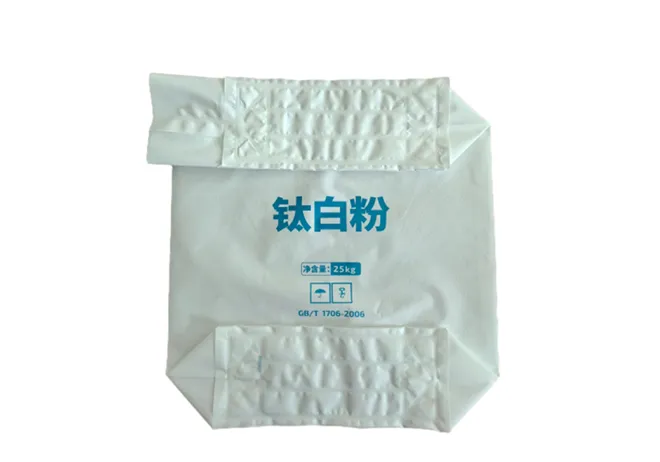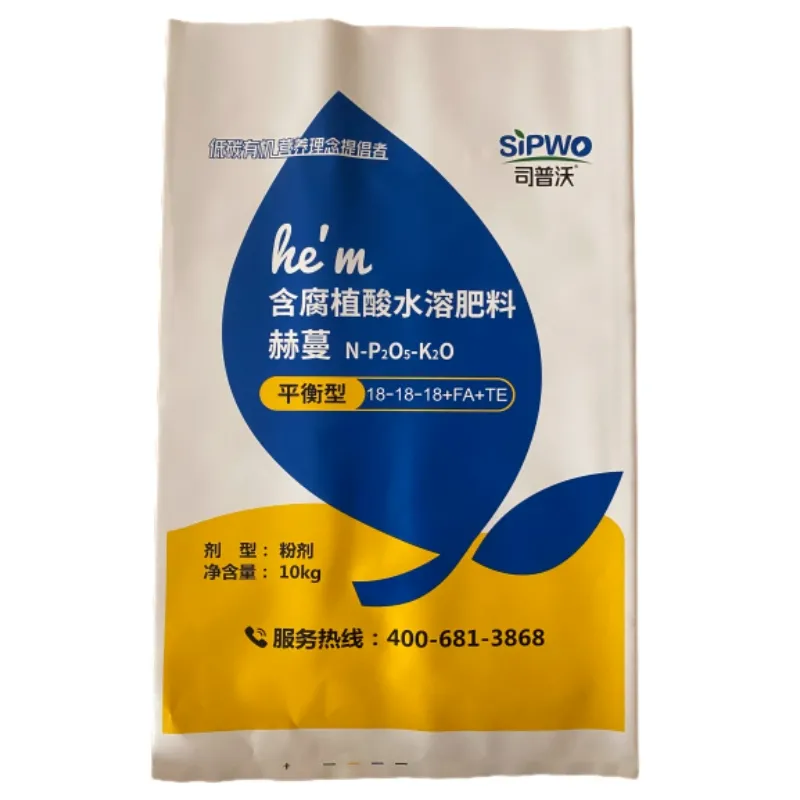Understanding the composition of dog food bags is essential for both manufacturers and environmentally conscious consumers committed to sustainability and pet health.
The materials used in dog food packaging directly influence its functionality, freshness, and eco-friendliness. This insight-driven analysis delves into the materials typically found in these bags, providing a comprehensive perspective anchored in real-world experience and expertise.

Dog food bags commonly incorporate a combination of materials engineered for durability, barrier protection, and functionality. The primary materials include multi-layered plastics, paper, and increasingly, biodegradable options designed to balance functionality with environmental impact.
Multi-Layered Plastics for Barrier Protection

Many dog food bags are made from multi-layered plastics, combining different plastic polymers to achieve the desired strength and barrier properties. These layers typically include polyethylene (PE), polypropylene (PP), and polyethylene terephthalate (PET). Each serves a distinct purpose PE provides a moisture barrier; PP offers durability; and PET enhances resistance to oxygen and preserves the food's flavors and nutrients. The combination forms a robust protective barrier that extends shelf life, thus assuring pet owners of product freshness and safety.
Environmental Concerns and Advances
While multi-layered plastics are effective, their environmental impact is significant due to the difficulty of recycling blended materials. However, recent advances in recycling technology and material science are making strides toward more sustainable solutions. For instance, mono-material plastics, which utilize a single-type polymer, are gaining popularity. These are more recyclable and maintain comparable protective qualities.
Paper-Based Materials as Eco-Friendly Alternatives
The movement towards sustainability has seen an increased use of paper-based dog food bags, which offer a biodegradable option to environmentally conscious consumers. Often lined with a thin plastic coating or a biofilm, these bags still provide necessary protection against moisture and pests while significantly reducing environmental impact. Paper is not only biodegradable but also often sourced from renewable resources, enhancing its appeal as a sustainable packaging choice.
what are dog food bags made of
Biodegradable and Compostable Bags
A burgeoning trend in the pet food industry is the adoption of biodegradable and compostable materials. These bags typically use innovative materials like PLA (polylactic acid) and starch-based polymers, which break down more quickly and safely, leaving minimal environmental footprint. They offer a holistic solution that aligns with both consumer demands for eco-friendliness and stringent preservation requirements.
Consumer Considerations and Trust
For consumers, understanding these materials can influence purchasing decisions. Knowledgeable buyers tend to gravitate towards brands that align with their values, particularly regarding sustainability and pet health. Transparency about the materials used and their environmental impact helps build brand trust.
Pioneering Brands and Industry Expertise
Industry leaders are increasingly transparent, sharing insights into their packaging processes and materials. Brands investing in research and development to enhance sustainability are at the forefront, setting industry benchmarks for others to follow. Their pioneering efforts are based on extensive testing and validation, ensuring they meet rigorous standards for both functionality and environmental responsibility.
In summary, the construction of dog food bags represents a delicate balance between functional performance and environmental stewardship. By combining innovative materials with industry expertise, manufacturers can offer products that meet the demands of both sustainability-focused consumers and pet safety regulations. As technology progresses, the focus will continue to shift towards even more sustainable solutions, contributing positively to both consumer perceptions and the broader ecological footprint of pet food products.